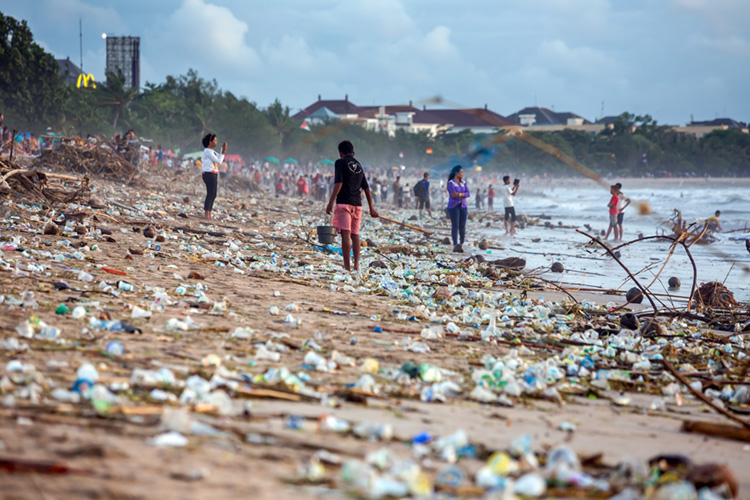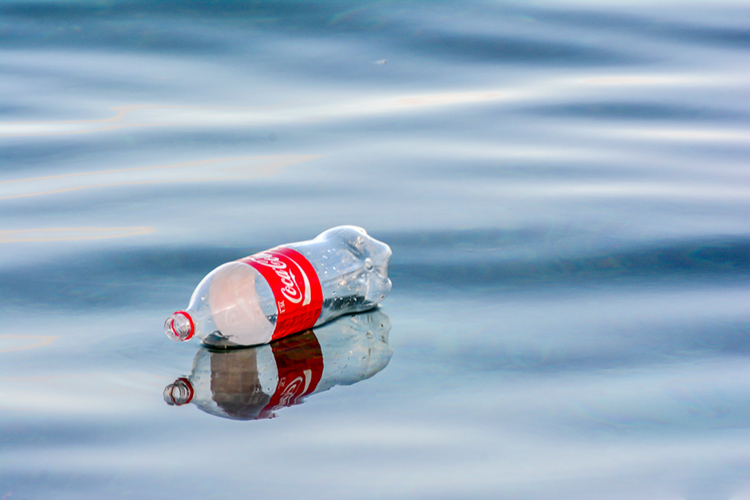Between eight and 13 million tonnes of plastic leak into our oceans every year, the equivalent of a truckload every minute.
The world's five oceans are responsible for the oxygen in every breath we take and supply 15 percent of humanity's protein needs.
However, by 2050, there will be more plastics in the ocean than fish.
Plastics have a massive impact on marine species and ecosystems and are mistaken as food by sea creatures.
Microplastics, for example, are ingested by plankton and will immediately enter the food chain.
But how does plastic become an oceanic catastrophe? The facts and figures speak for themselves.
Seas of Plastic
Fifty percent of all plastic produced is for single-use purposes.
The plastic items we throw away can circle the Earth four times a year, and 95 percent of all disposable plastic packaging is wasted.
Disposable plastic items represent 50 percent of marine litter and may survive in the environment for up to 500 years.
It is estimated that 20 percent of all plastic found in the ocean originates at sea, for example, ghost nets and debris from shipping containers, and 80 percent comes from land-based sources.
In towns and cities, litter gets washed down drains and into rivers.

Globally, rivers carry around 1.15 - 2.41 million tonnes of plastic annually into the sea.
Plastic is flushed away, left on beaches, and blown off landfill sites.
And what about microplastics?
A six-kilogram load of washing can produce over 700,000 plastic fibers. Even glitter is a microplastic, and we wash it away down plug holes.
There are also bathing products that release over 90,000 microbeads in one shower. In the end, the ocean takes it all, creating huge plastic islands like the Great Pacific Garbage Patch.
500 Years to Disappear
How long does plastic take to disappear completely?
A cigarette butt needs between 1.5 and 10 years to disappear, a plastic bottle between 70 and 450 years, monofilament fishing lines up to 600 years, and a styrofoam cup 500 years or maybe never.
That's why we need to reduce the consumption of single-use plastics and increase the recycling levels of plastic packaging.
Recycling plastic uses 88 percent less energy than making new plastic. We can save 1,000-2,000 gallons of gasoline by recycling one ton of plastics.
We don't want a plasticized ocean for our children. Start reducing your footprint now. Today.
